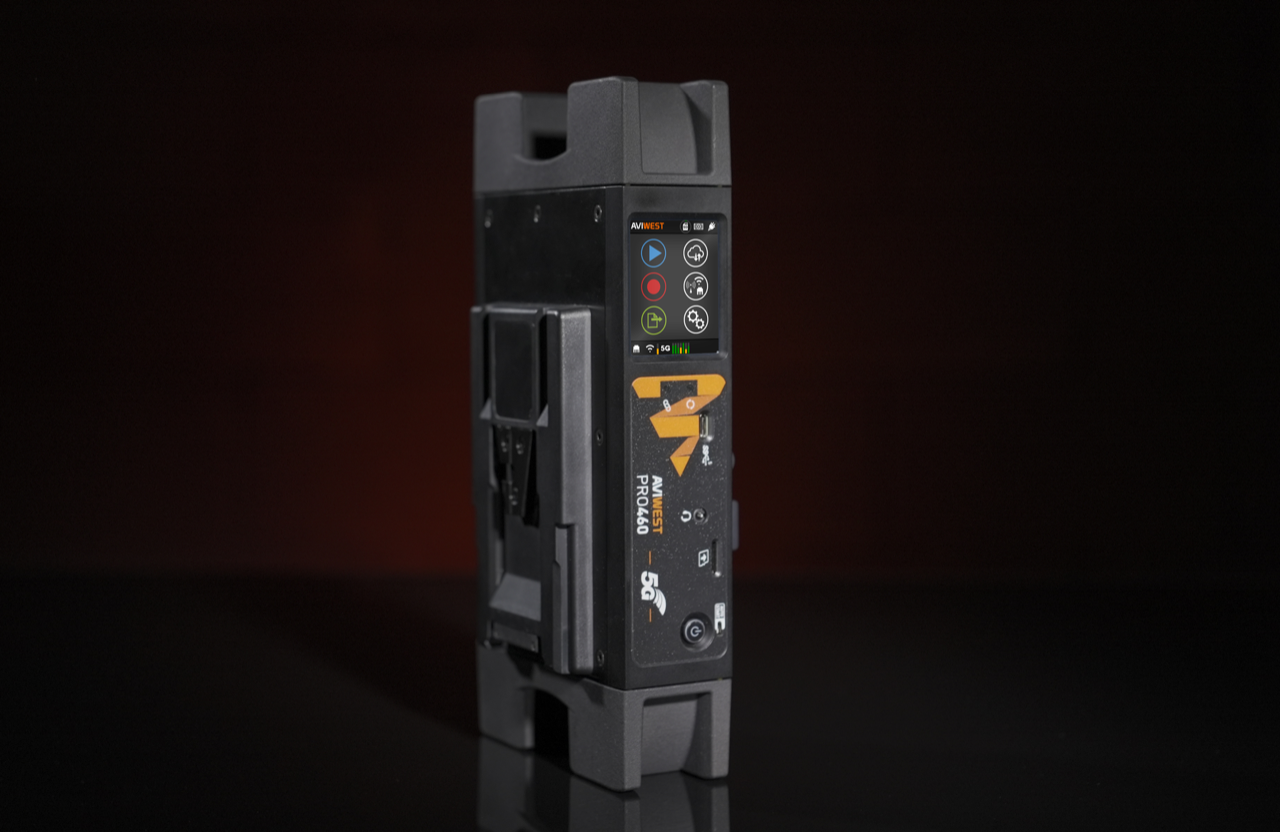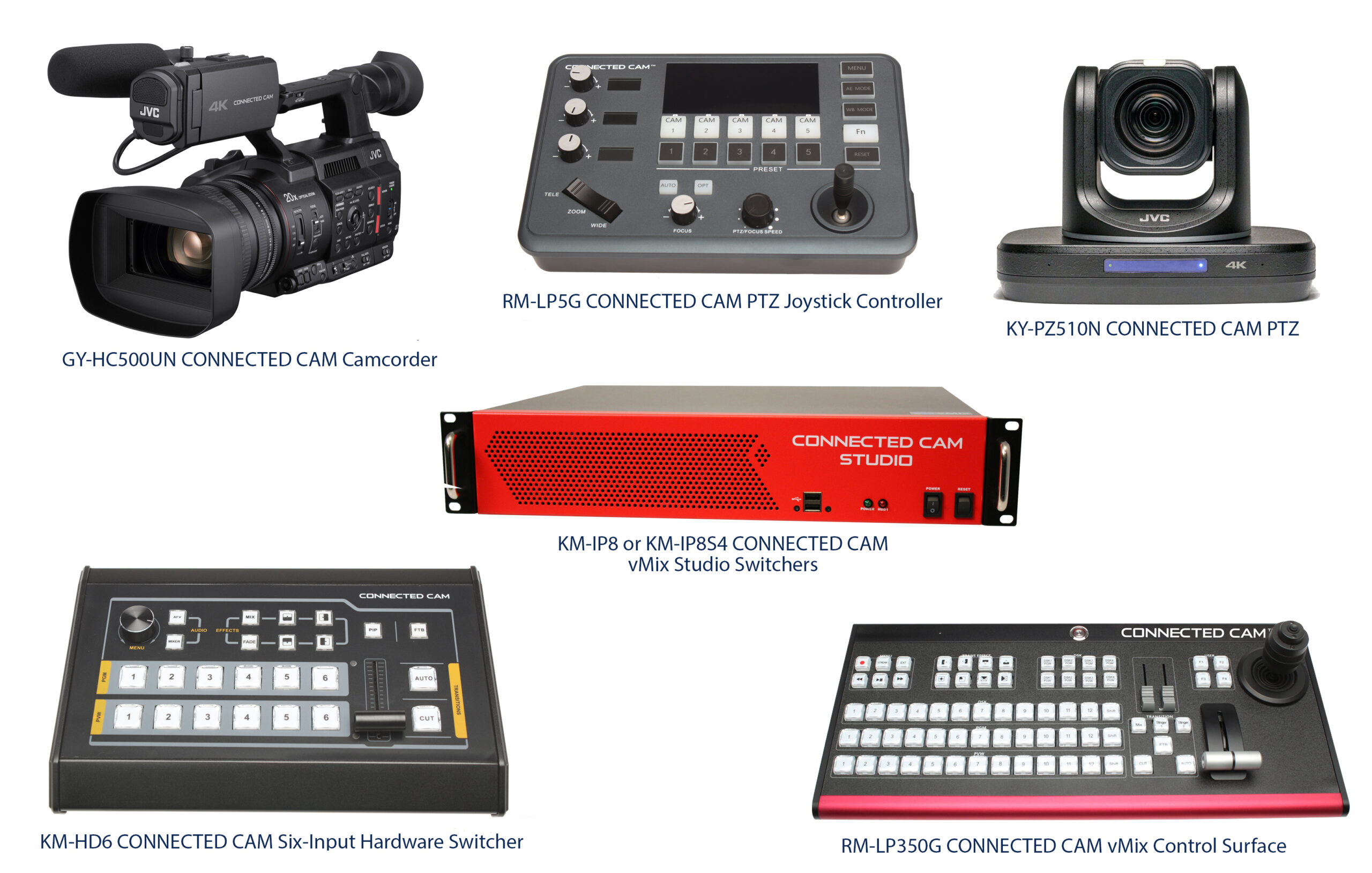 If you watch Nightline on ABC, you’ll see very few dissolves. This was mandated by a senior producer who came to the show shortly after the relaunch in 2005 from one anchor/one topic, to three anchors/three topics.
If you watch Nightline on ABC, you’ll see very few dissolves. This was mandated by a senior producer who came to the show shortly after the relaunch in 2005 from one anchor/one topic, to three anchors/three topics.
I had just joined the show and had come from a background of doing all sorts of programming from sports to fashion to documentaries to reality shows, and with over ten years in the industry, had never heard anyone say “no dissolves”. My initial reaction was no way. There is no way to make good television while bound by such a hard and fast rule. I was wrong.
The fact is, eschewing the dissolve will give your edits precision and better visual rhythm. You’ll be forced to think about your juxtapositions more carefully. You’ll more likely try to match your edits by motion or color or shape or idea. You will stop fudging. The cut is a perfectly appropriate transition from one shot to another in just about every instance. It gives your work a percussive feel. There’s something clean about a cuts-only edit. It’s the filmic equivalent of having a good clear speaking voice.
I’ve had to instruct other incoming Nightline editors about this rule (which has been slightly relaxed in recent years, but mostly still adhered to) and the initial reaction is always resistance. Most editors, however, after making it their practice, come to feel liberated. There’s something about losing the dissolve, and our reliance on it, that is akin to throwing away a set of crutches one has been using. You’ll see your footage more clearly. You’ll gain a sense of when is the right moment to cut. You will no longer think good enough, close enough, more or less, something like that. You will instead think, that feels right, or that doesn’t feel right. Your producers and directors will also sense that precision and you will see the edits the same way together, because rhythmically the footage is practically dictating the cut point.
This is also a practice that can, if you’re the philosophical type, extend into your every day life. Think about it. If every single time there is an edit-point decision, and you are actually making that decision rather than not-deciding exactly and just slapping a dissolve in there to get you from one thing to another, and you are making hundreds of those decisions each session, never once giving yourself the opportunity of excusing yourself from a precision that is potentially down to a level of exactitude as miniscule as a sixtieth of a second, you are creating a habit. A habit of clarity, of knowing, of sacking up and deciding, of not being sloppy.
There’s a saying about the dissolve; “If you can’t solve it, dissolve it.” But you can solve it. Believe me when I say, you don’t need the dissolve. And once you’ve trained yourself to let it go, you will rarely want to bring it back.
Actually, don’t just believe me when I say it. Try it. Actually remove the dissolve command from your interface and edit without it for a while. Give it a fair shake. Cut a gig without one. I dare ya.
About the Author: Jeffrey Turboff is a multi-award-winning editor at ABC’s Nightline. Active in indie film, he directed a music video for Trumpeter Swan’s “Fools Parade”, his documentary Modworld showed at festivals in 2014, and his short horror Jimbo is currently making the festival rounds. With several projects in development, Jeffrey ain’t slowin’ his roll at all.




